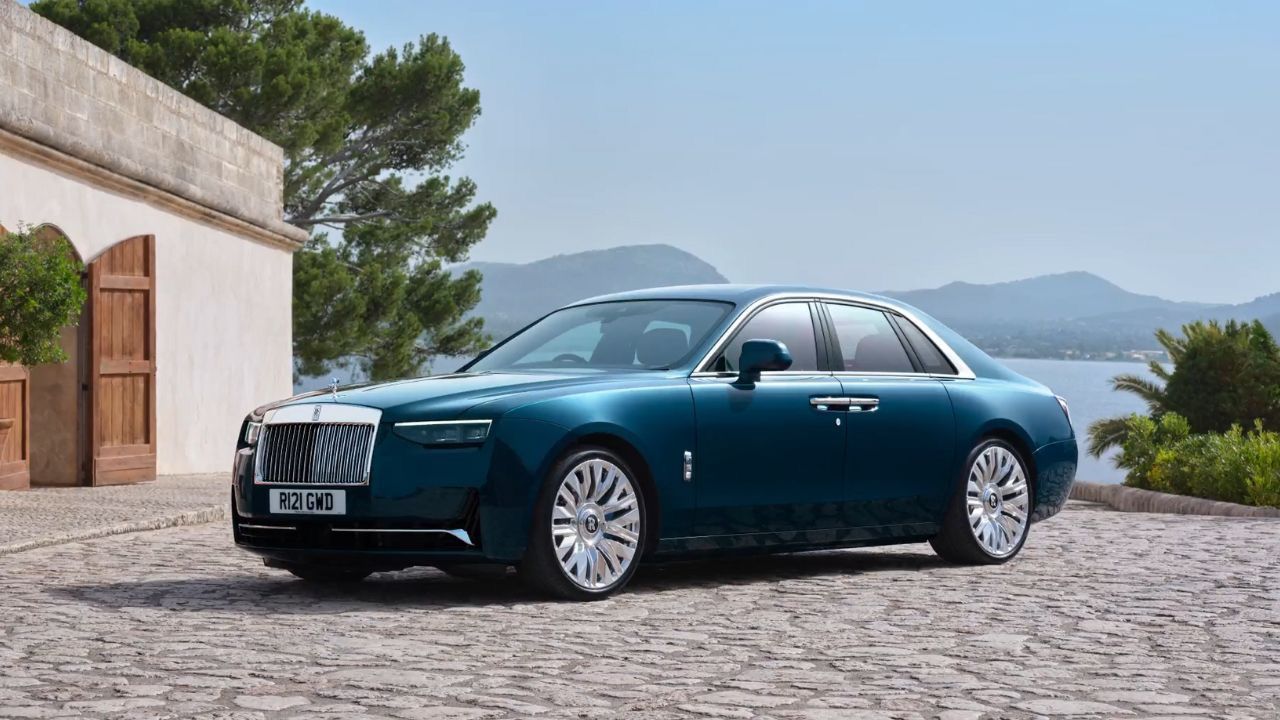The Victorian era is widely regarded as a golden age of innovation and industry, when humanity made great leaps in technology and thinking. But what was life like for ‘ordinary’ Victorians whose daily struggle for survival was far away from the sweeping progress and prosperity? “Pretty grim”, answers Professor Sarah Richardson. “Life expectancy at birth for the average Victorian was about 42, and more than 25 per cent of children died before their fifth birthday.
Disease was rife – there were four major outbreaks of cholera alone between 1832 and 1866. And although, in general, standards of living did improve over the period, a third of the population was still living in poverty at the end of the 19th century. “Of course, there was some light on the horizon – universal education came in during the 1870s, there were improvements in health and sanitation, and also the introduction of leisure pursuits such as football , libraries, music halls and the like.
So it wasn’t all doom and gloom, but life wasn't a positive story for most Victorian working-class people.” Grim city living Between 1800 and 1850, England’s population doubled, and as factories sprung up across the country, churning out the products of Britain’s imperial expansion, and new technology meant fewer farm workers were needed, thousands flocked from the countryside to the city in search of work. The cost of accommodation rocketed as demand increased, and many families were forced to live sid.



















